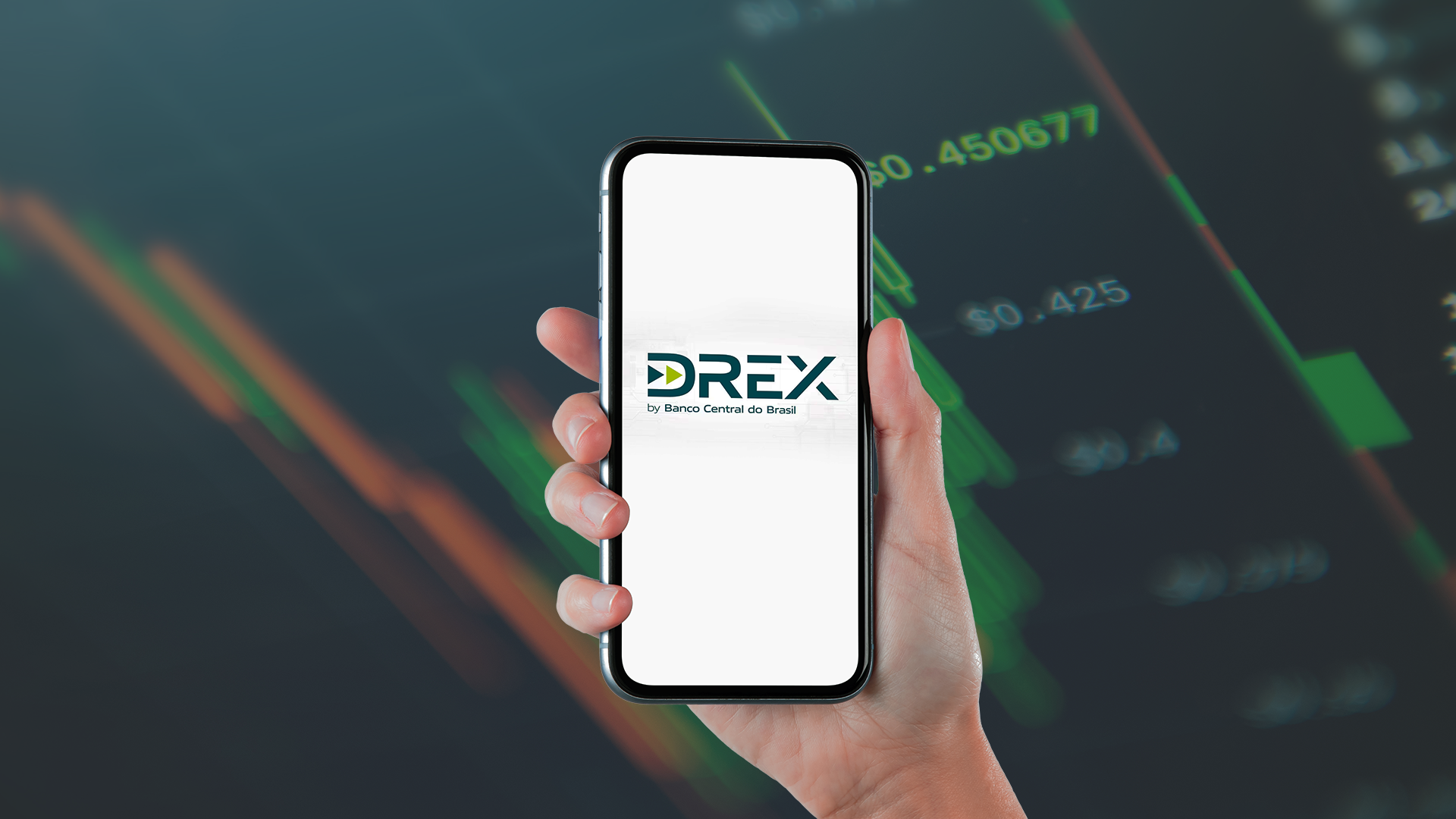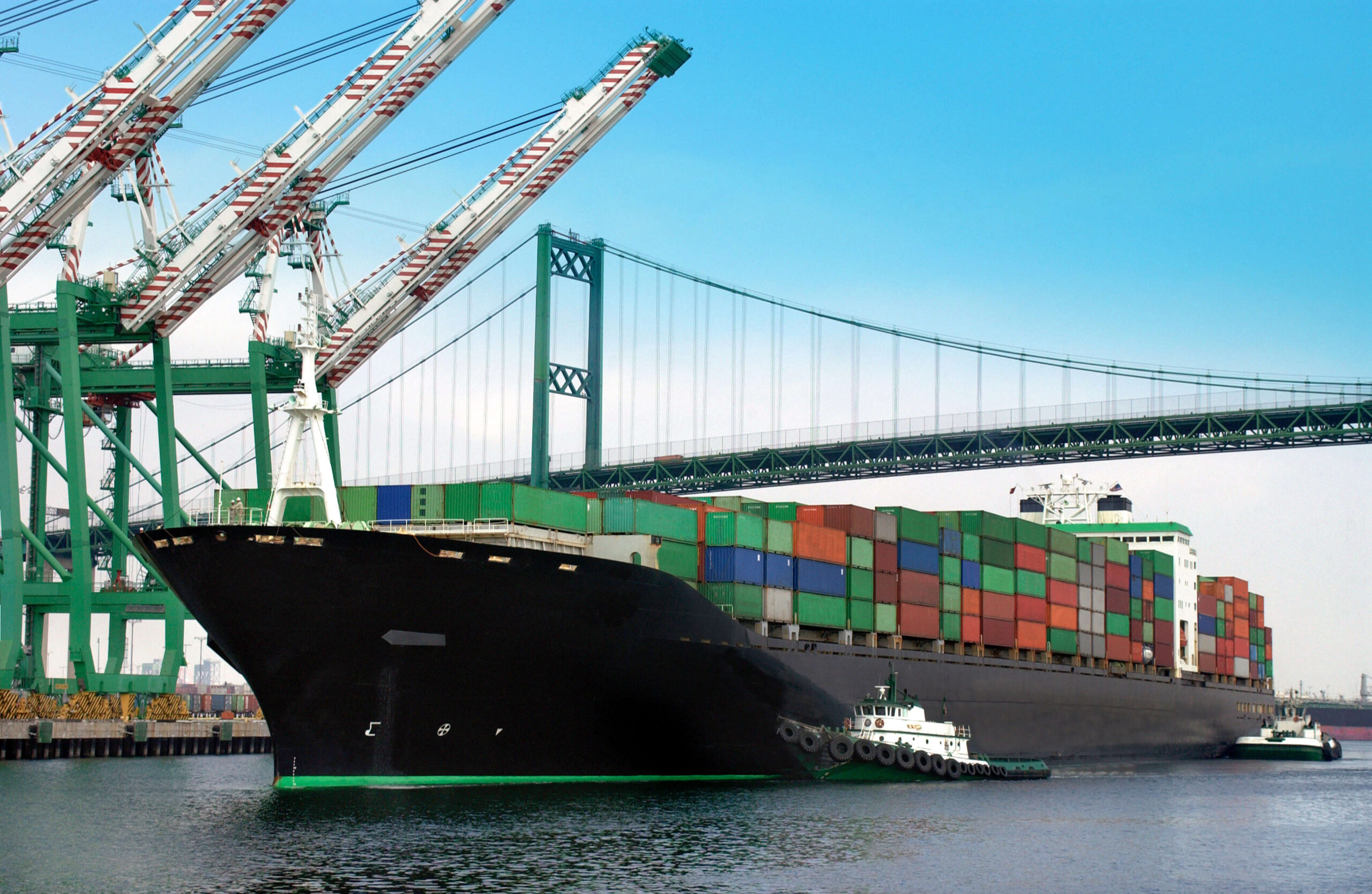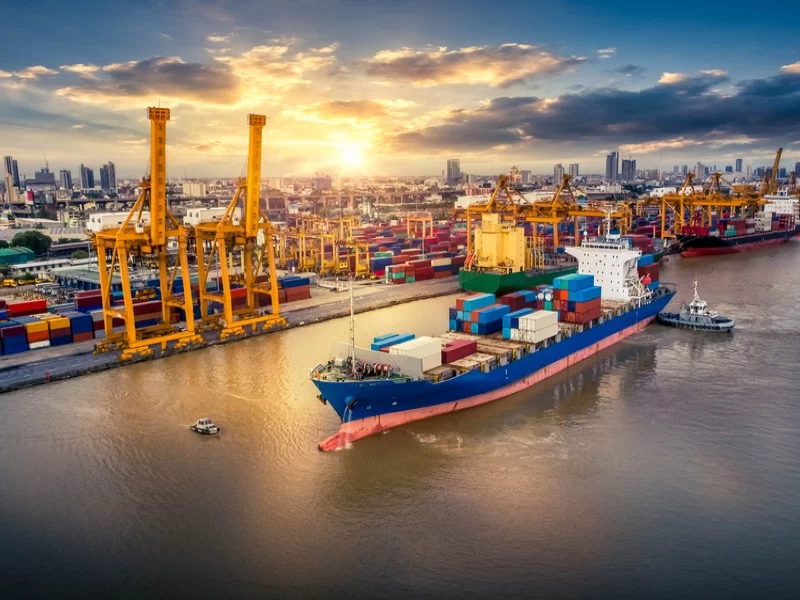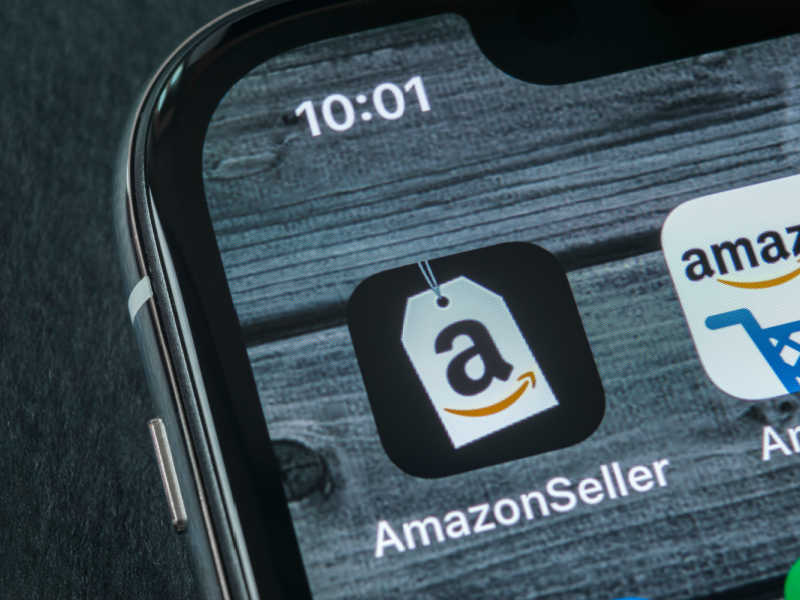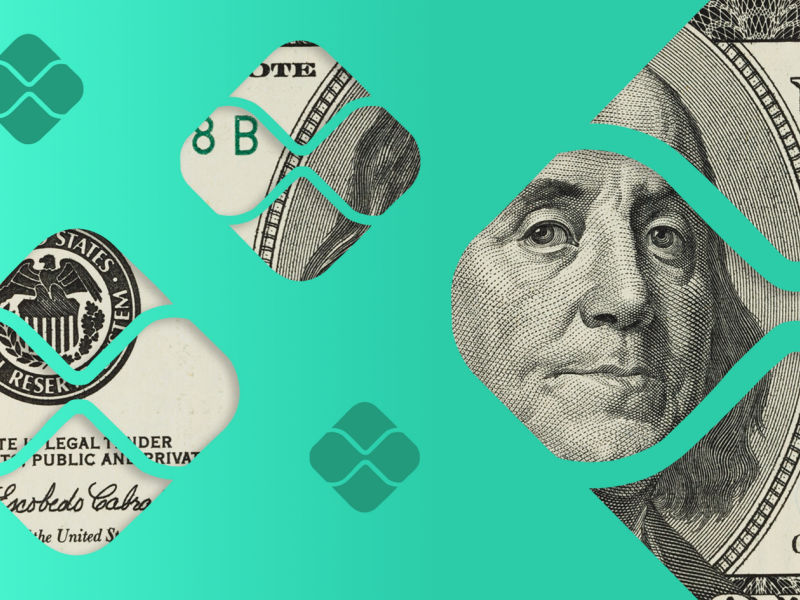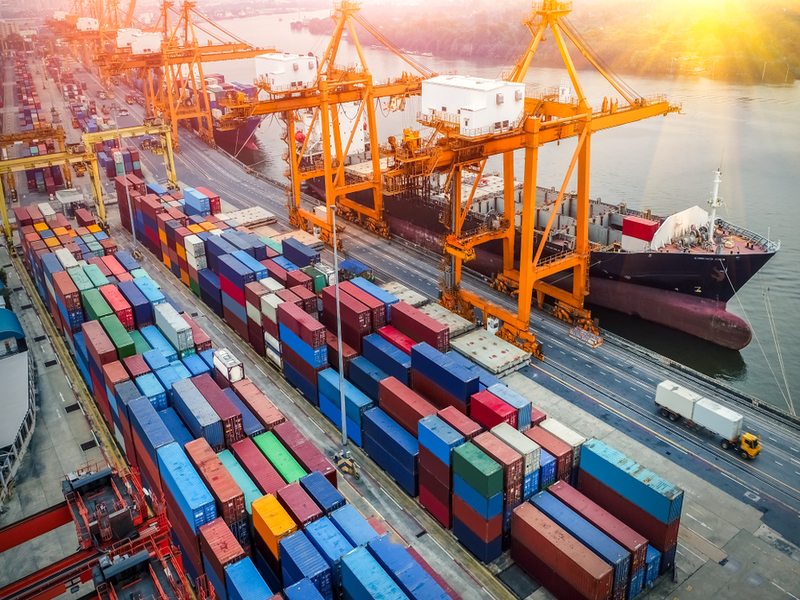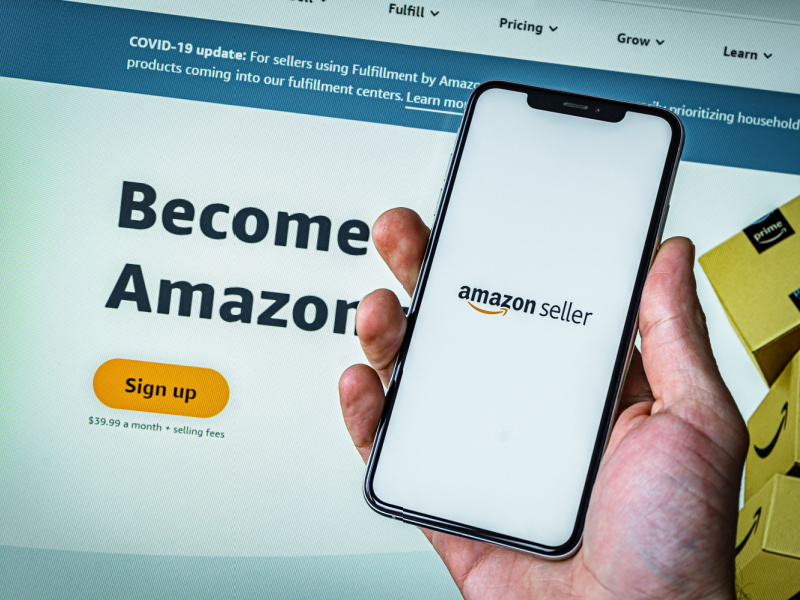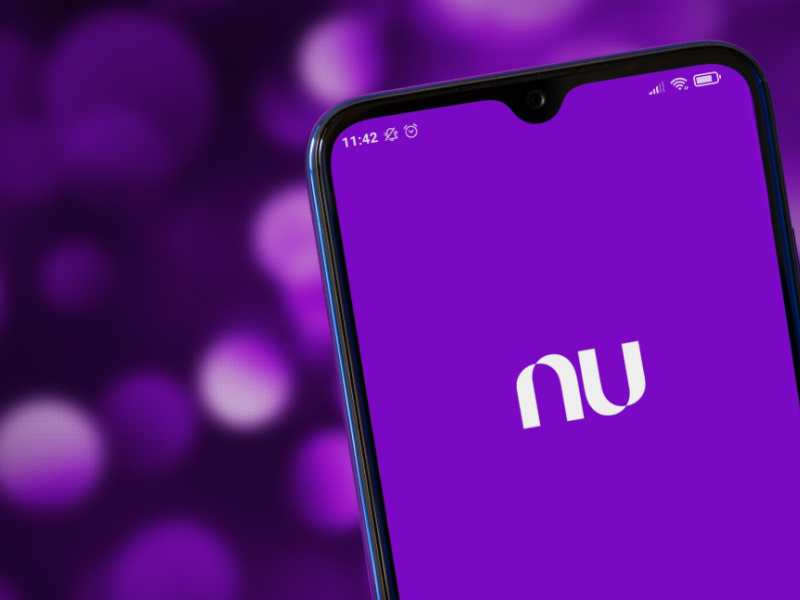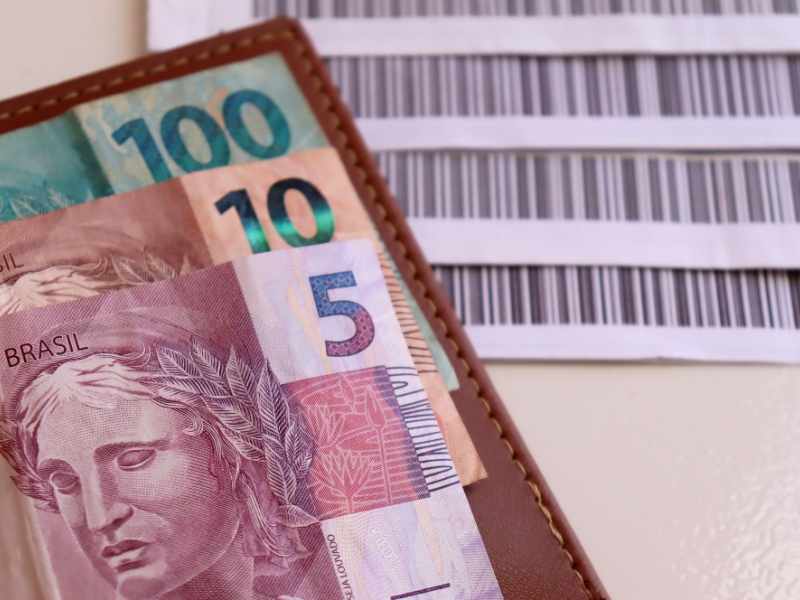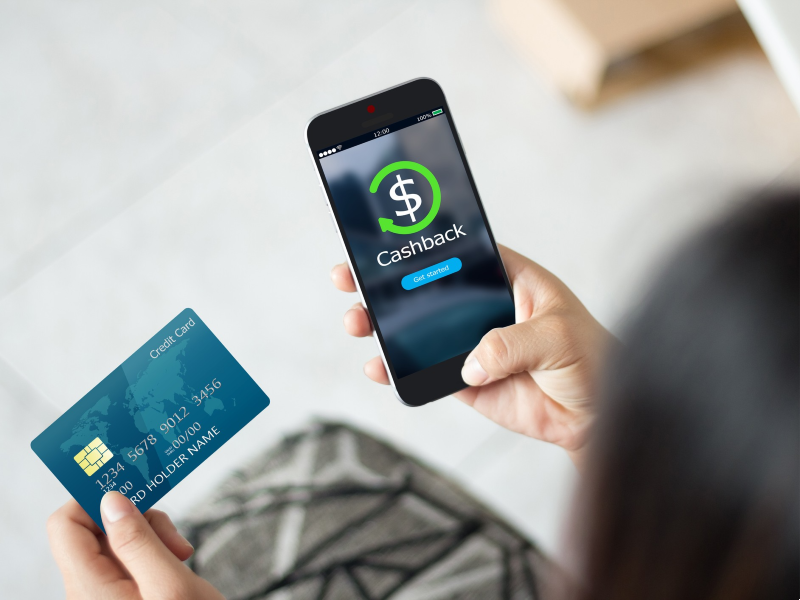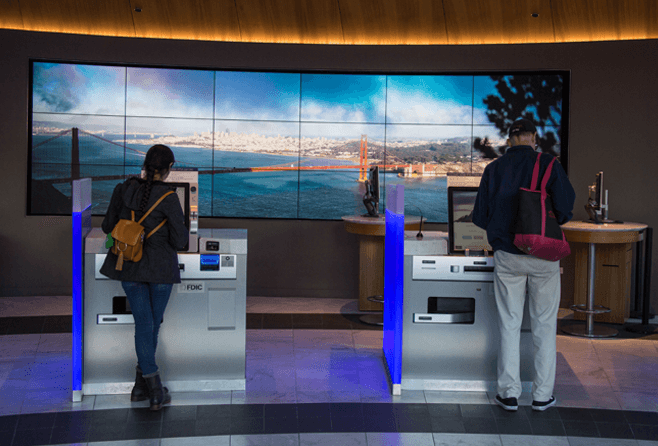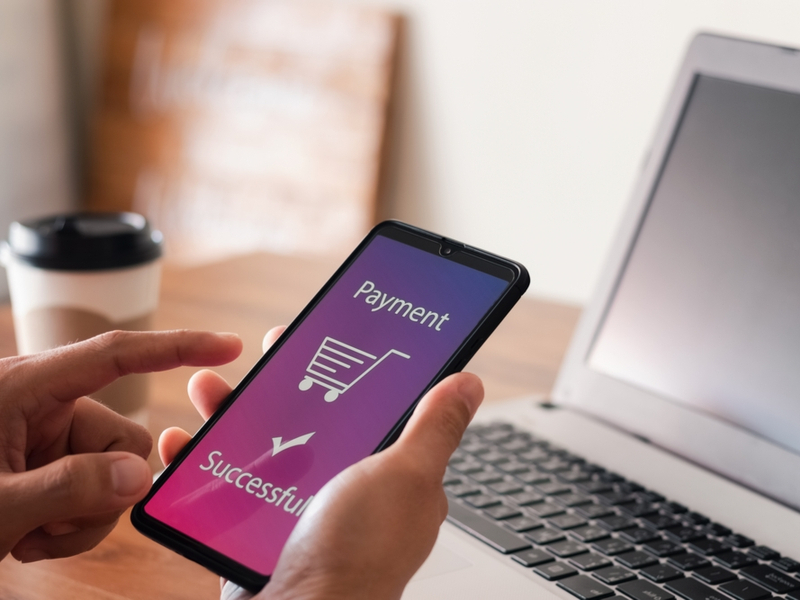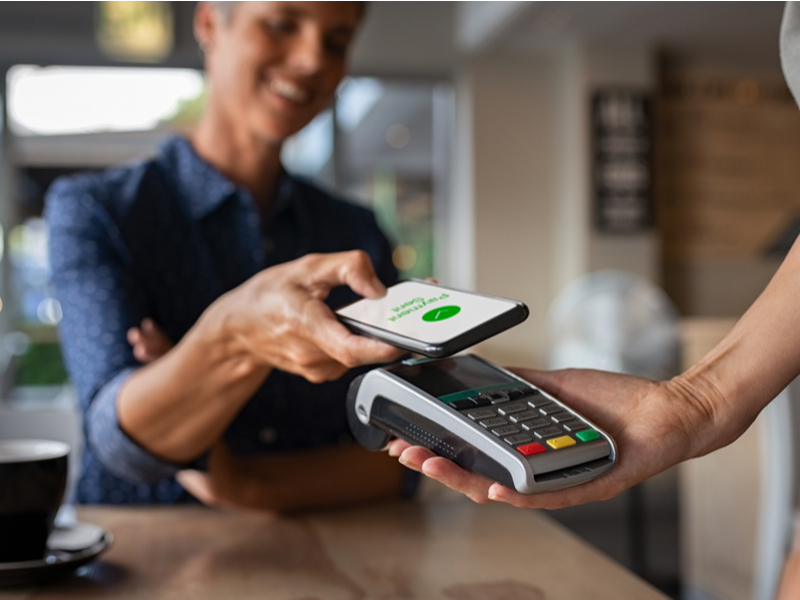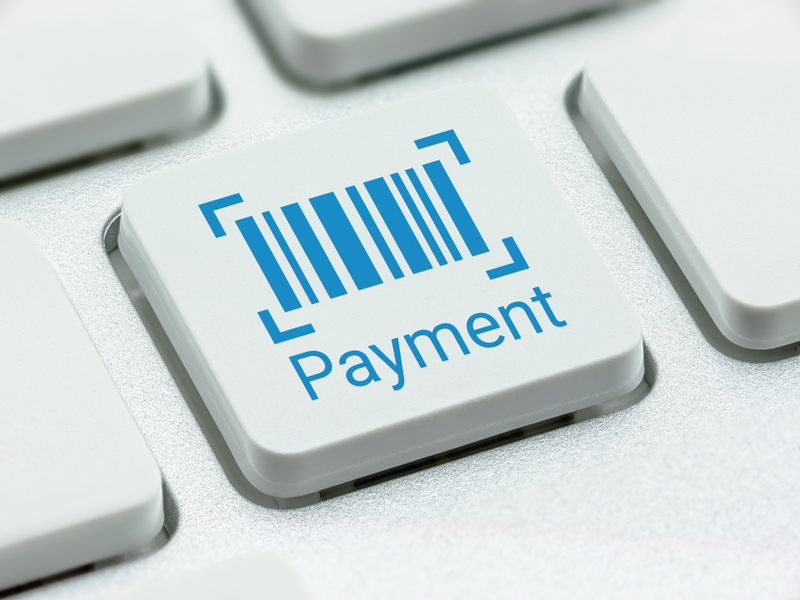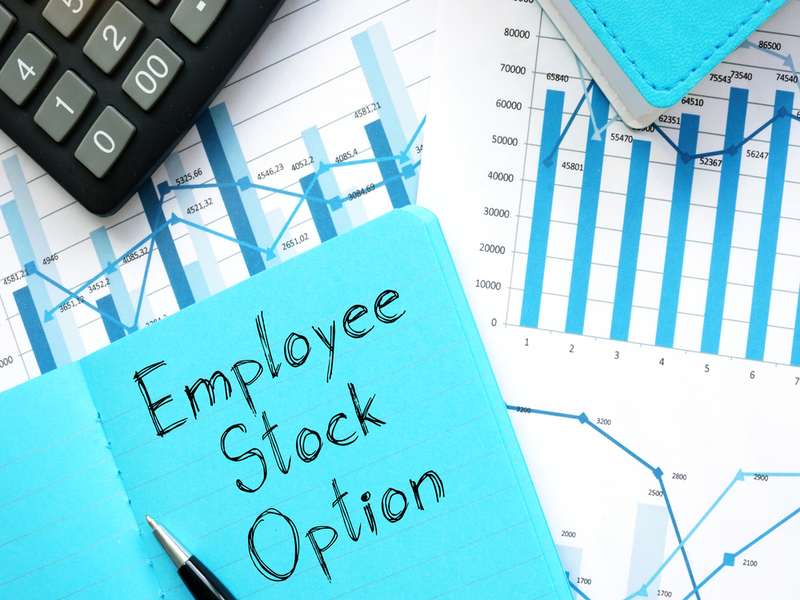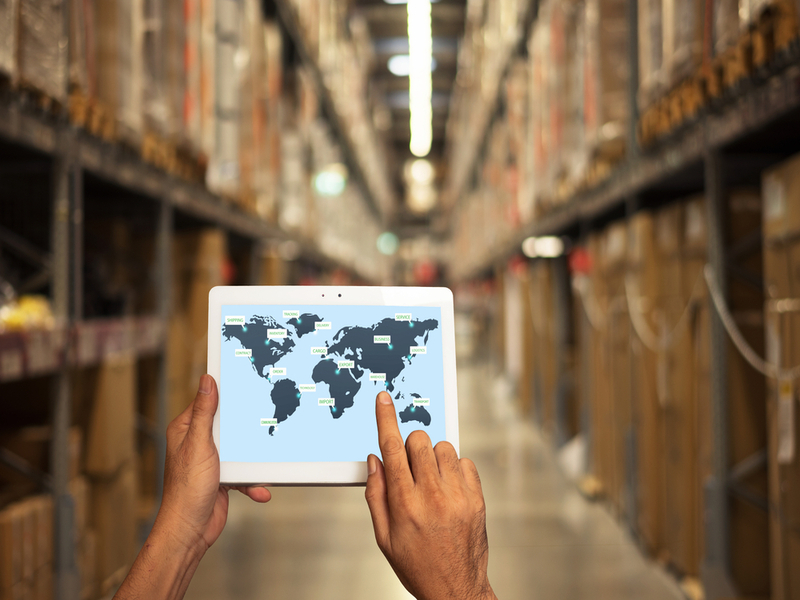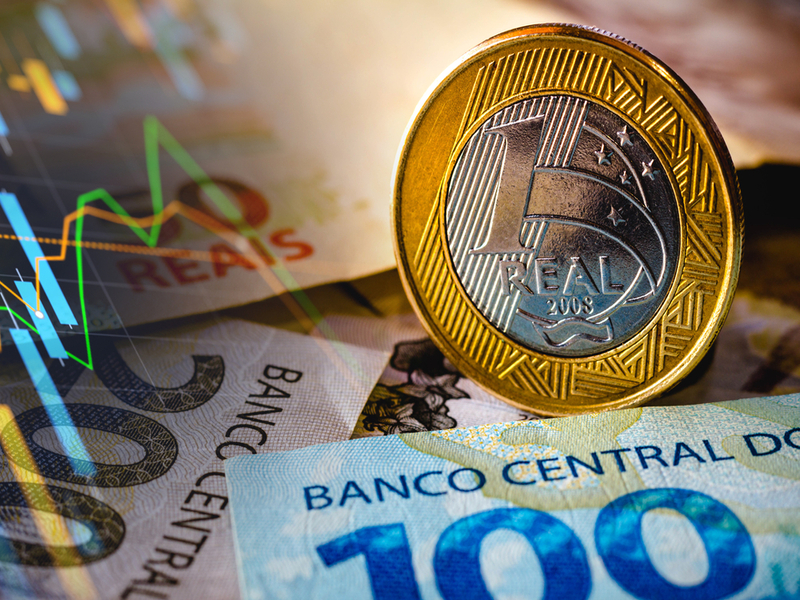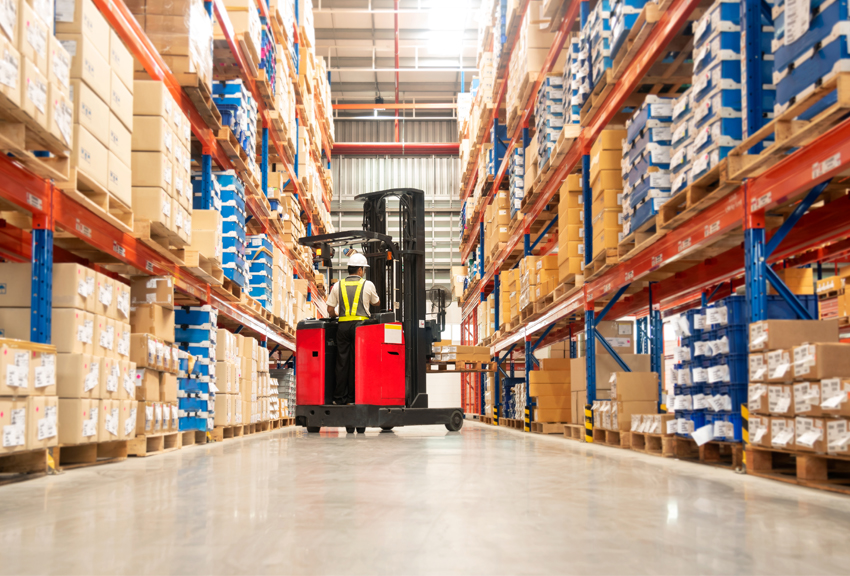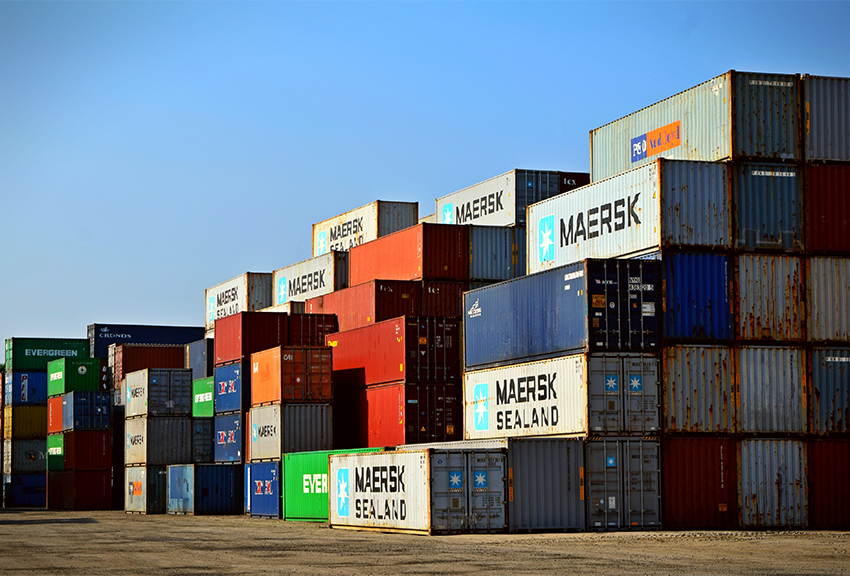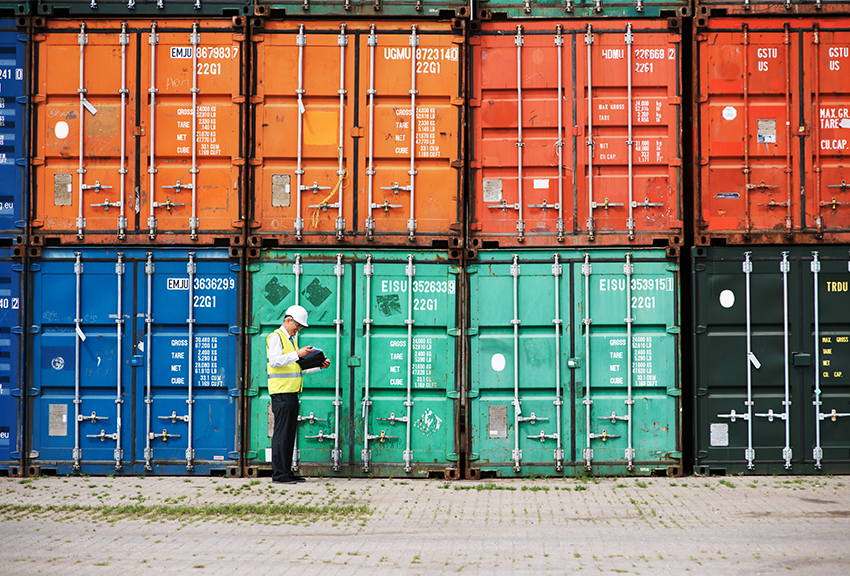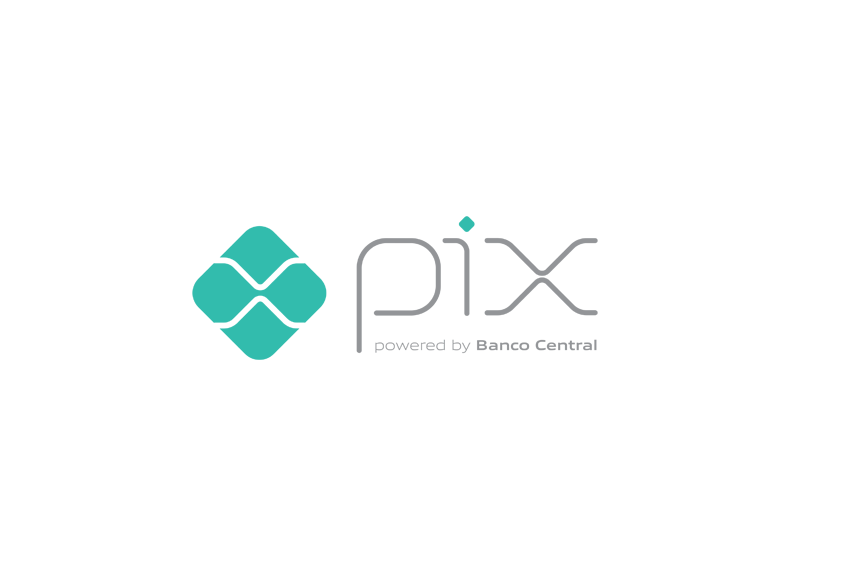Cart abandonment: 4 ways to avoid it
27/05/2021Do your e-commerce customers back out when it’s time to pay? Understand how to get around that behavior.

Cart abandonment is a very common practice among customers all over the world. Basically, it is as if, in a physical store, a customer put a few products in a shopping cart and, on the way to the register, they gave up the purchase leaving it all across the aisles. The difference is that, when talking about e-commerce, this behavior can be measured, understood and corrected.
A research made by Moosend, a marketing company, points out that the worldwide average cart abandonment rate is up to 69%. In Latin America, the number is a little higher: 75.3% of requests are not concluded.
Year after year, Brazil presents the best performances in online sales. New records were beaten in 2020: there was a 41% growth and an 87 billion reais revenue. These data are from Webshoppers 43 research, done by Ebit/Nielson consultancy and Bex Banco.
But the number of lost sales is still a reality. According to the last research by the e-commerce Radar of 2018, the abandonment rate is around 82%, with a variation due to sector. Finances and travel are the most abandoned ones, with rates over 80%, while gaming and fashion present 67.4% and 67.6%, respectively.
The good news is that, in many cases, it is possible to improve results by optimizing a few details on the virtual store. In this article, you will find out what points can lead to an abandoned cart and how to reverse that scenario.
Cart abandonment: what are the causes?
Avoiding cart abandonment is important for, at least, two reasons. The first one is the return over the marketing investment made to obtain each visit. It is very frustrating to see a strategy not having its expected outcome, the conversion. The second one has to do with the user experience in e-commerce. It is necessary to ensure that it is simple, smooth and seems reliable. Even if the customer doesn’t buy the first time, if the customer feels safe and comfortable while navigating, there are ways to bring them back through a marketing strategy, for example.
Also, according to Moosend, the reasons given by customers for giving up on buying are:
- Expensive shipping
- Obligatory registry in the store
- Long checkout, with many forms to fill
- Unexpected costs
- Slow website loading
- Lack of trust on the website to inform sensitive data
- Long delivery deadline
- Unsatisfactory or inexistent return and exchange policy
- Few payment methods options
- Credit card declined
As you can see, these problems can be easily identified and solved. We will share below some tips to bypass them.
4 solutions to improve shopping cart abandonment rate
Before implementing any changes, it is interesting to understand how your e-commerce has been performing in order to set realistic goals. The cart abandonment percentage is quite simple to calculate. Divide the number of purchases made by the number of carts created. Subtract 1 from the result and, then, multiply that number for 100. You can find these amounts with the help of Google Analytics tools.
For example: In the month of April, an e-commerce concluded 80 sales, and it verified that 210 carts had been created.
- 80/210= 0.38
- 1 – 0.38= 0.62
- 0.62 x 100 = 62%
Therefore, the cart abandonment rate for the month of April is 62%. From now on, you are ready to improve this rate.
1. Logistics
Considering Moosend’s data, there are 3 questions related to logistics that may be getting in the way of conversion at the last moment: shipping price, the waiting time for the delivery of the purchased products and the exchange and return solutions offered.
All that information can be available to the customer before concluding the order, with a good user experience practice. Shipping can be calculated on the product page, for example. Regarding cost, a good solution can be offering several options of delivering companies, expanding the offer in price and deadline. A strategy that works every time is to offer free shipping, as it definitely is a motivation in the decision process, generating an increase in conversions. It is an option to consider for purchases above the expected average ticket.
2. Security
One of the main reasons that lead people to avoid shopping online is the fear of scams. Almost everyone knows stories of products that have never been delivered or credit card cloning, for example. The sense of insecurity can be pushed aside if your e-commerce has the SSL security protocol and other antifraud certificates. Social proof, as in other clients’ opinions, is also a much-valued resource. The transparent checkout that does not redirect the customer to another page at the time of closing the deal completes the experience.
3. Usability
Shopping online needs to be easy. If the process is tricky due to technical failure in the website, if the pages take too long to load or if the e-commerce structure is not optimized for mobile, the chances of the customer losing interest in buying are huge. The solution for efficient navigation is adopting the usability concepts: highlighting buttons and links, elaborating a webpage architecture that makes sense, optimizing the pages loading time and simplifying checkout, decreasing as much as possible the amount of requested data.
4. Payments
Offering payment solutions that comply with your target’s demands is key for converting. In Brazil, the most used options are local credit cards, bank slips, debit cards, in addition to the newcomer Pix that is exponentially growing and conquering its space in national e-commerces. The international credit card, which is still necessary for purchases in most foreign e-commerces, is part of only 5% of Brazilian e-commerce. But there is another way to access these customers without the need to organize a company in Brazil.
Bex Banco offers digital payment processing solutions and currency exchange for several industries, including e-commerce. With Bexs’s PayIn, your store can accept payments from Brazilians and receive the money at any bank in the world. The customers also have benefits, as the product price is already stated on your e-commerce at the exchange rate to reais, making the sale much clearer.
Our platform’s integration can be done through payment links, embedded checkout or API integration. Talk to one of our experts and find out what is the best solution for your virtual store.
